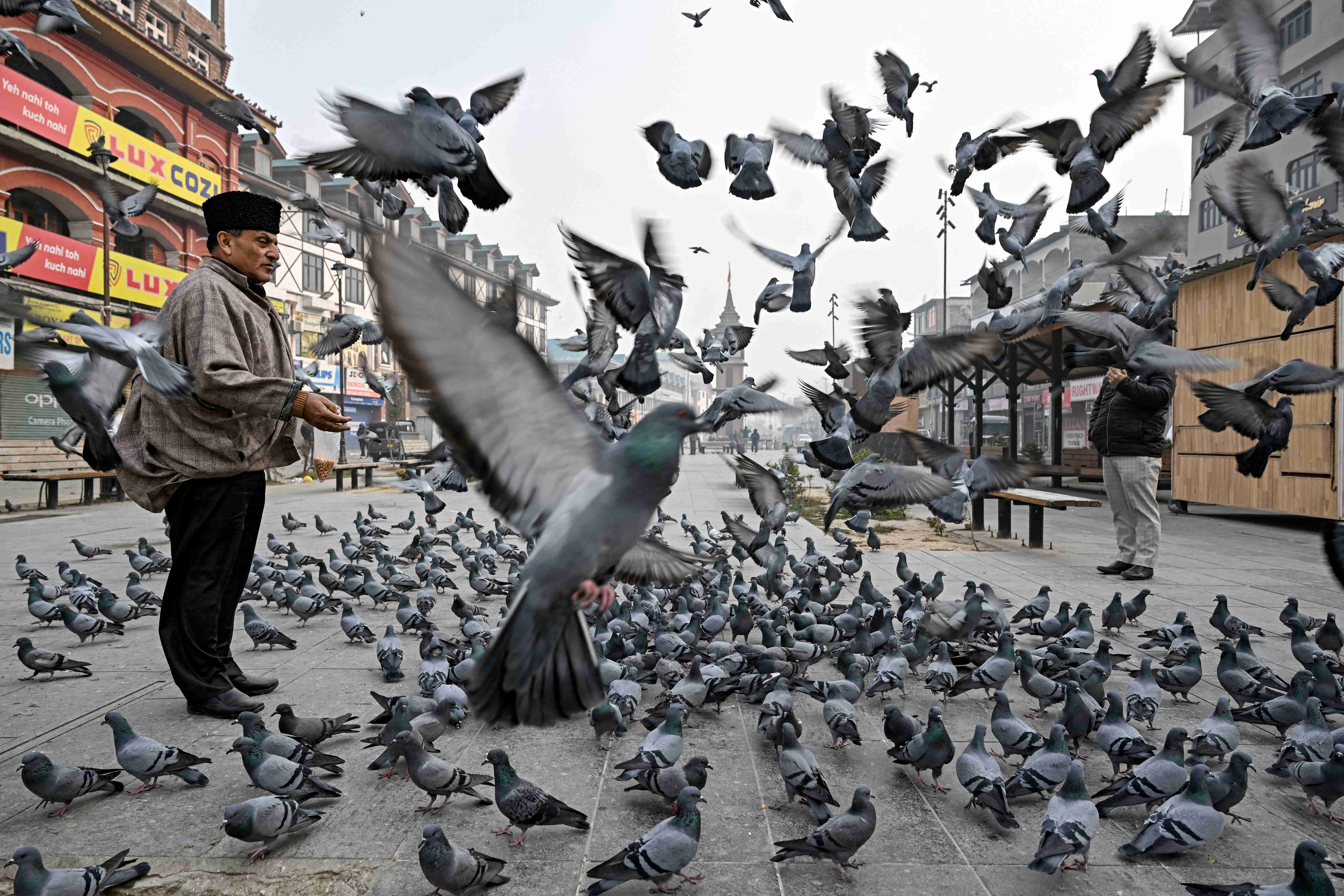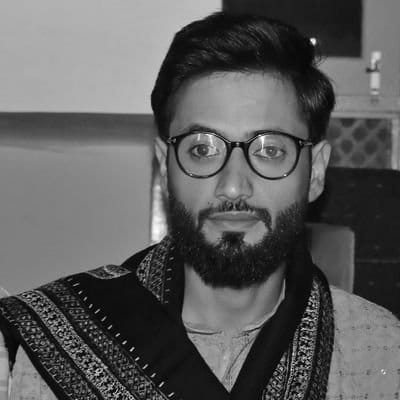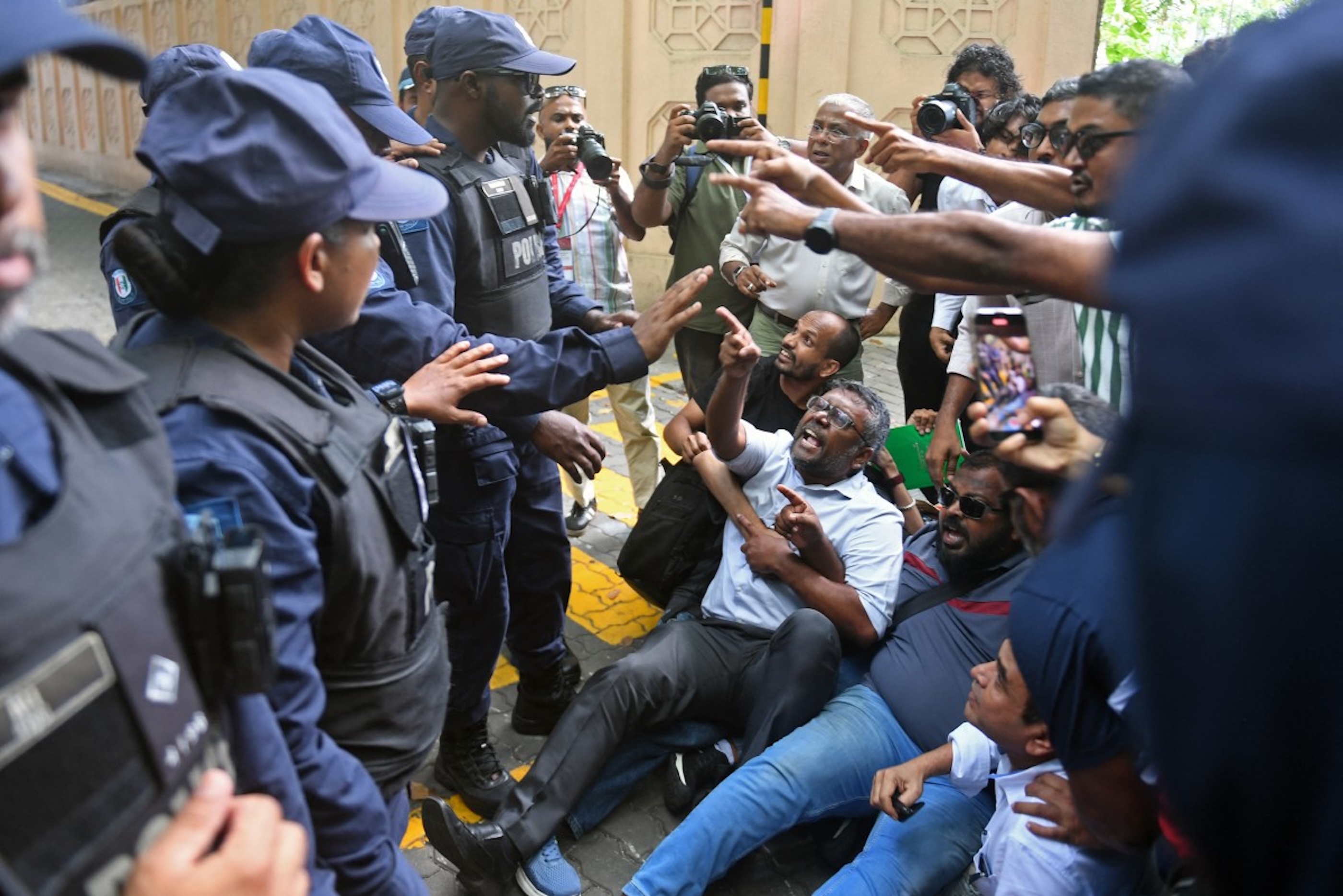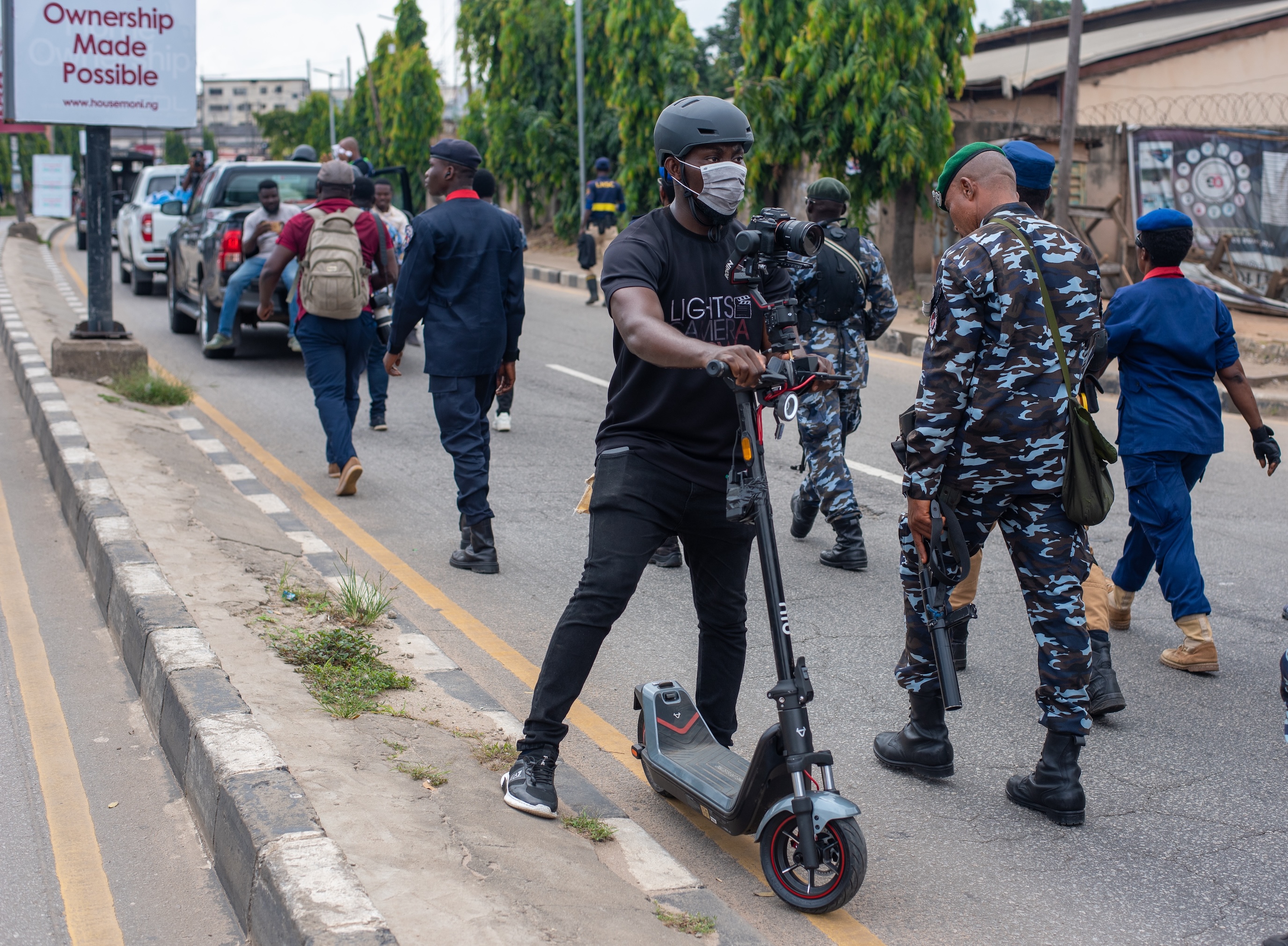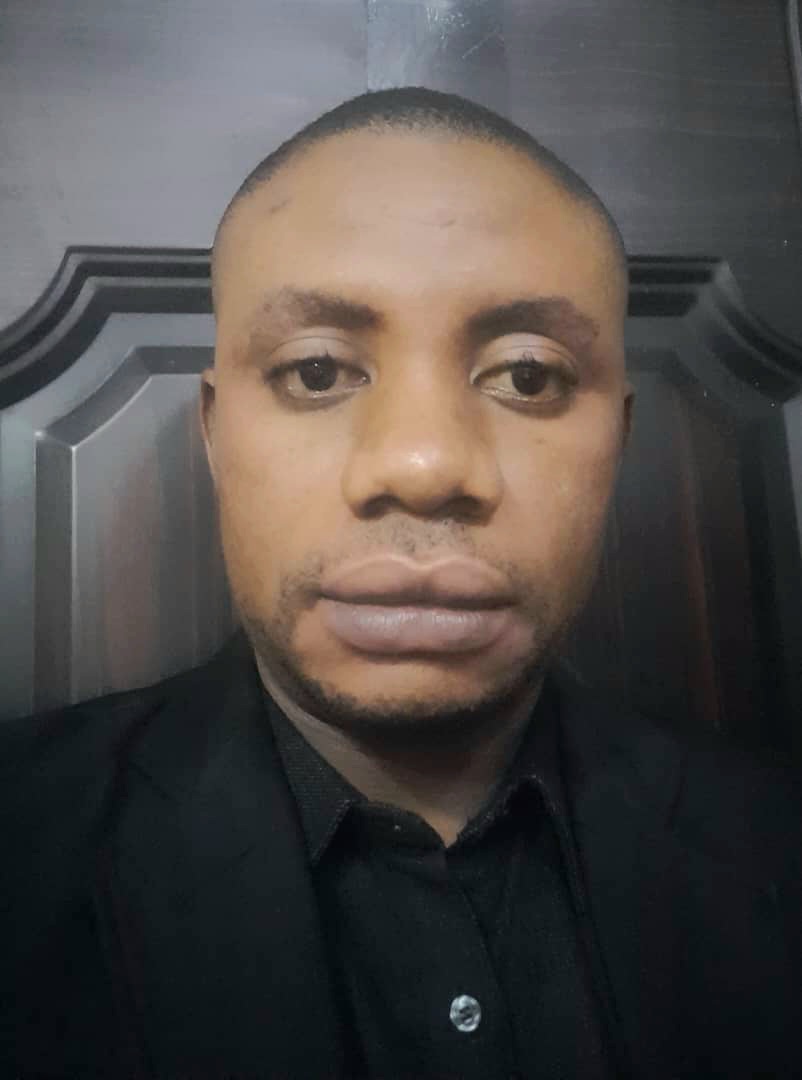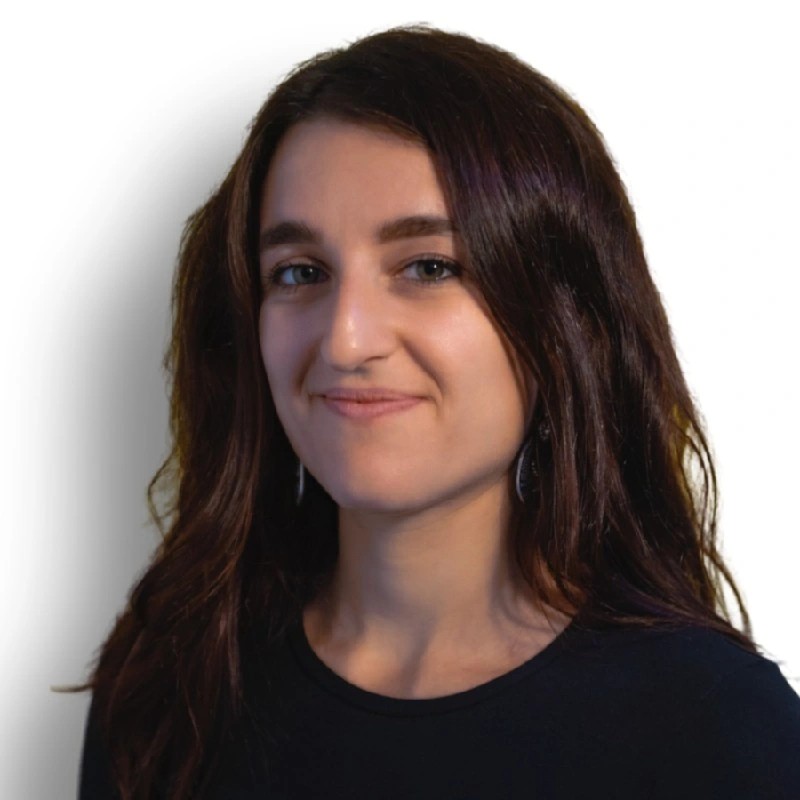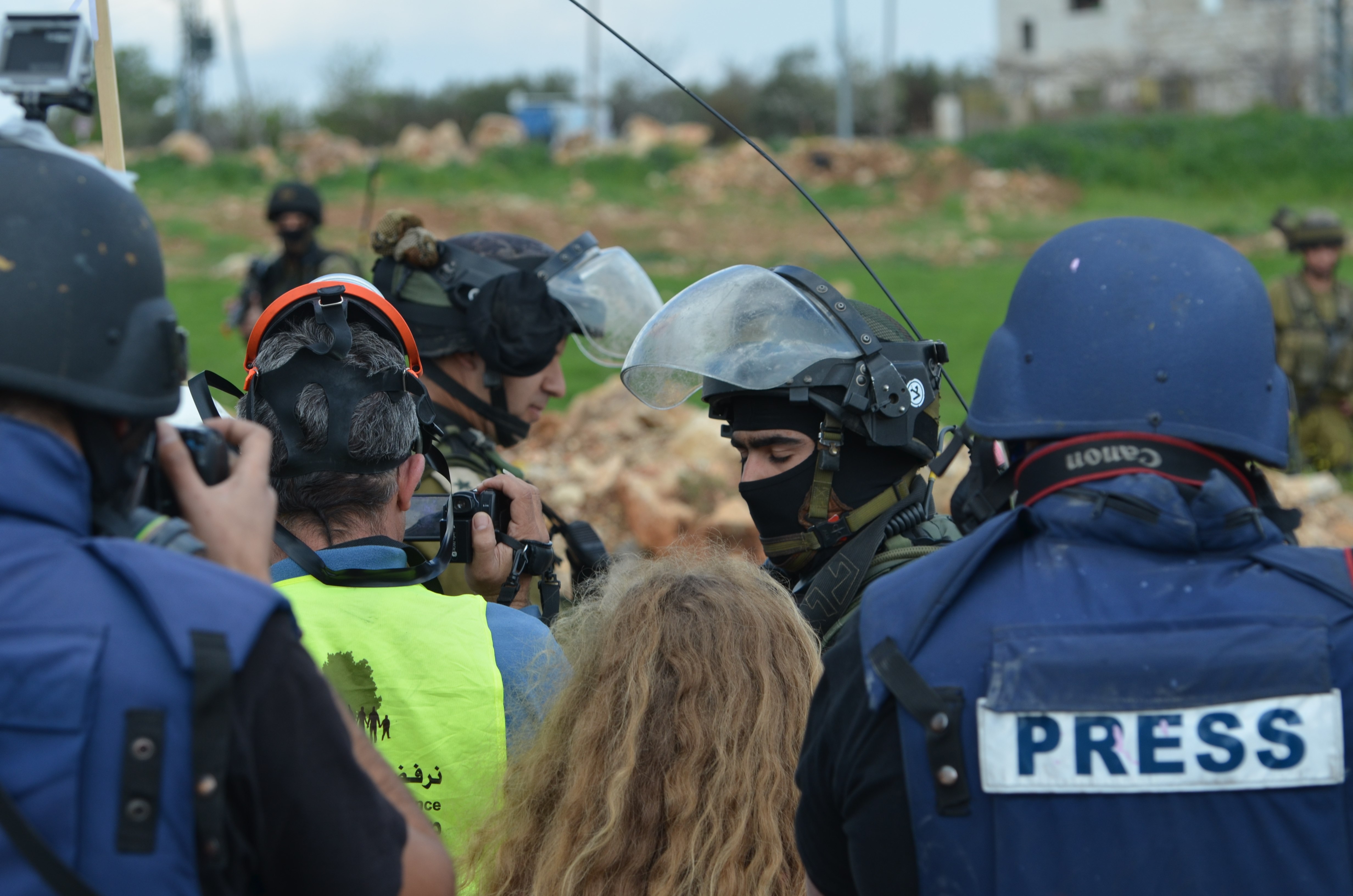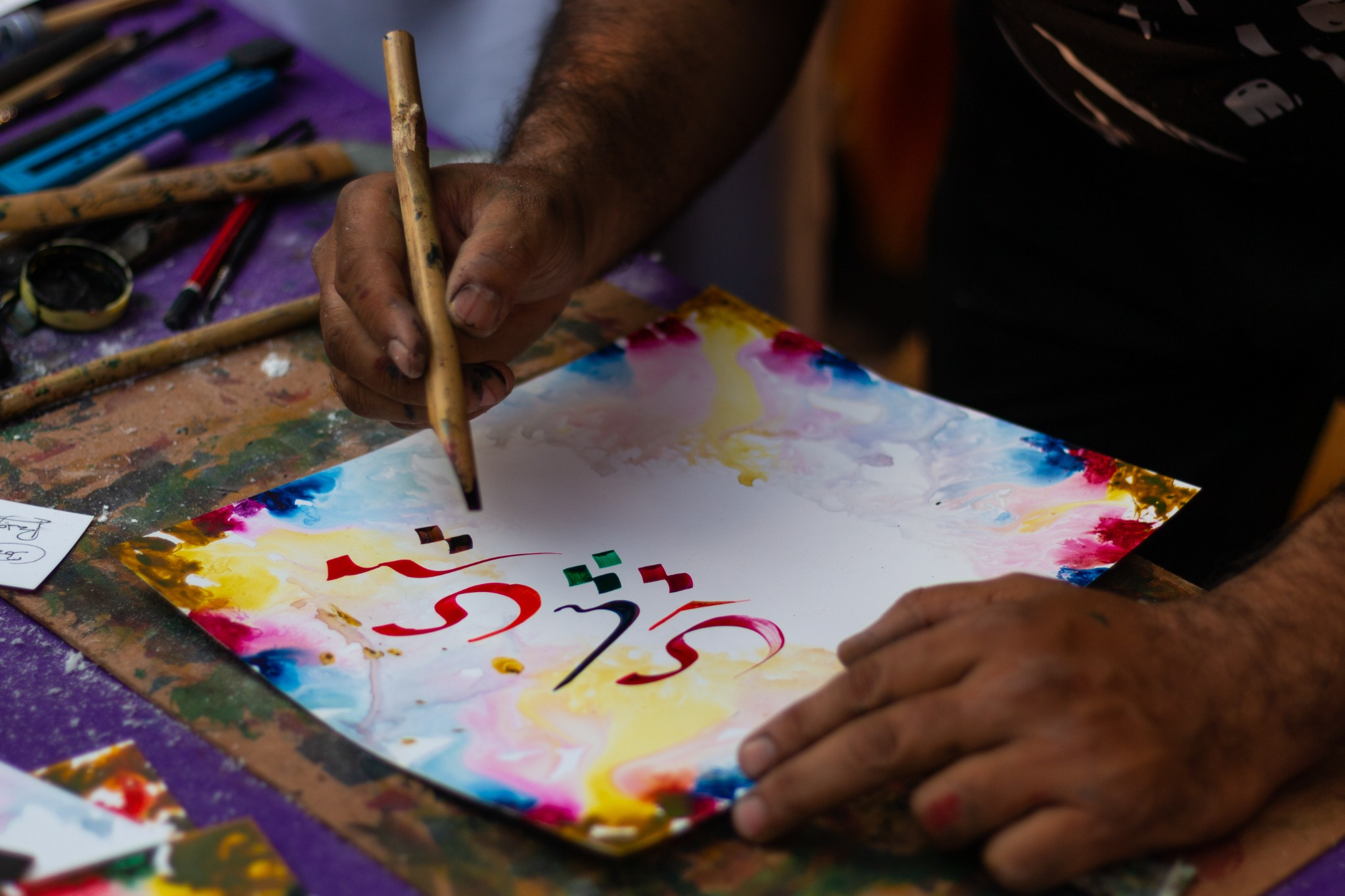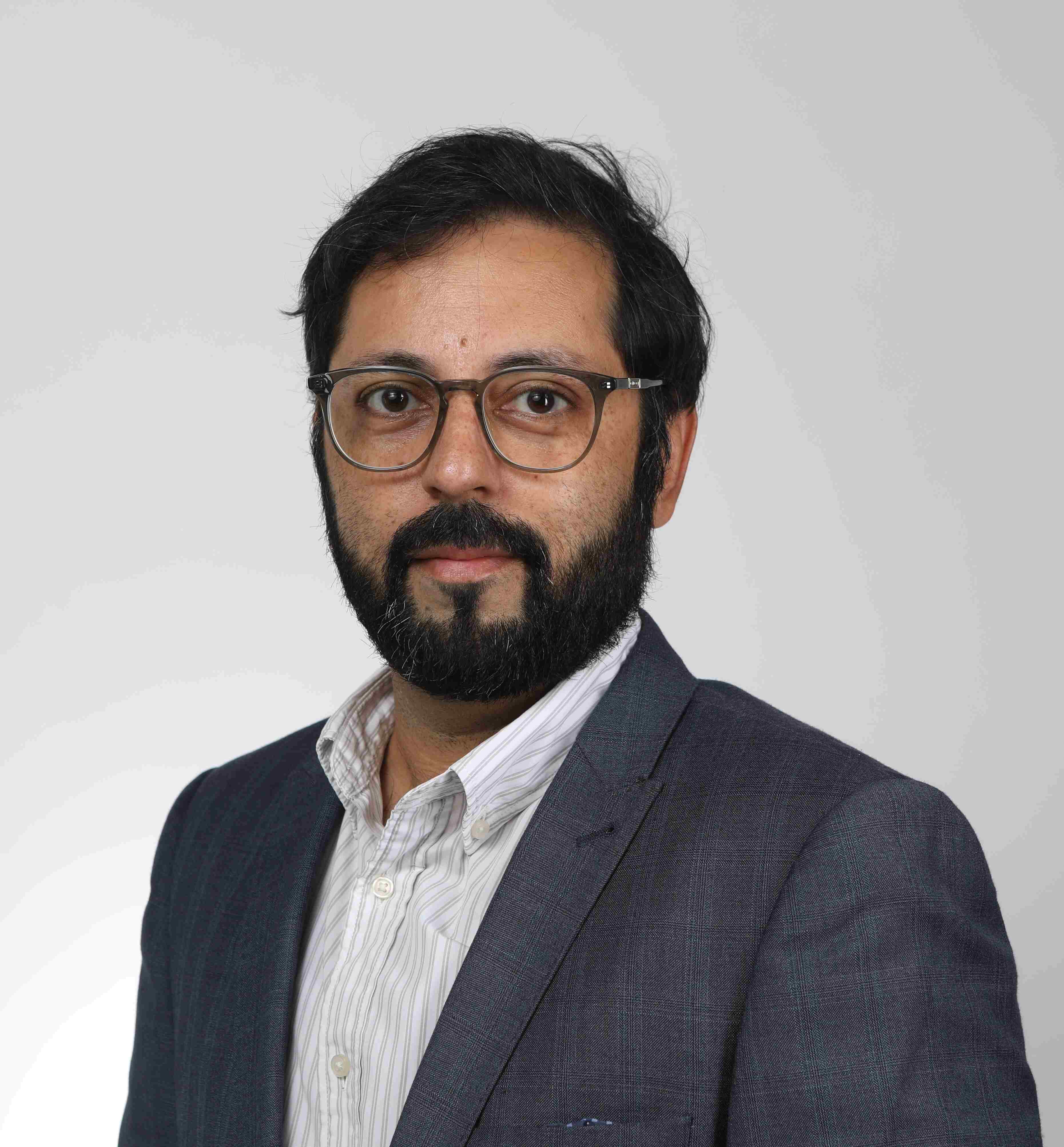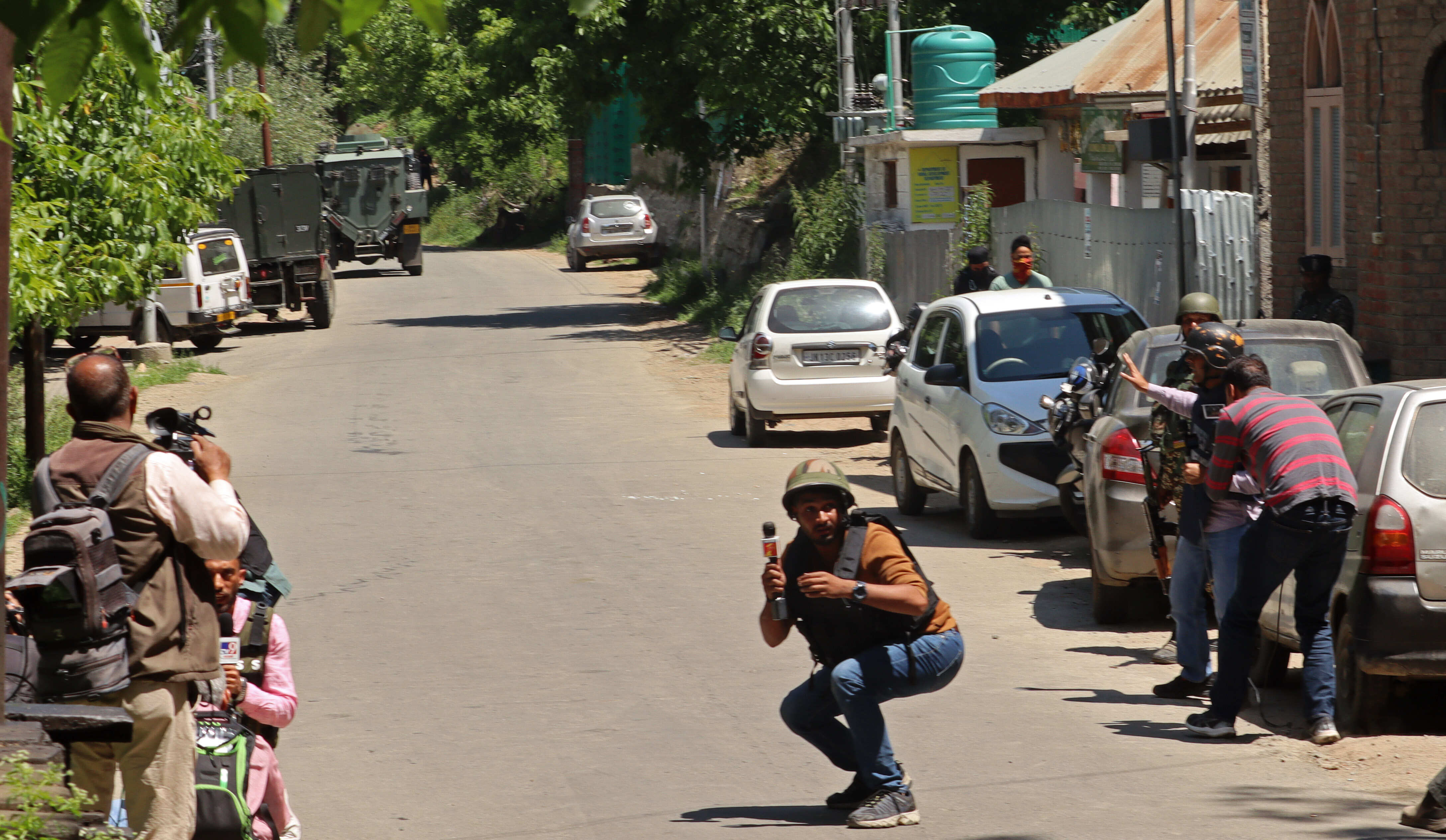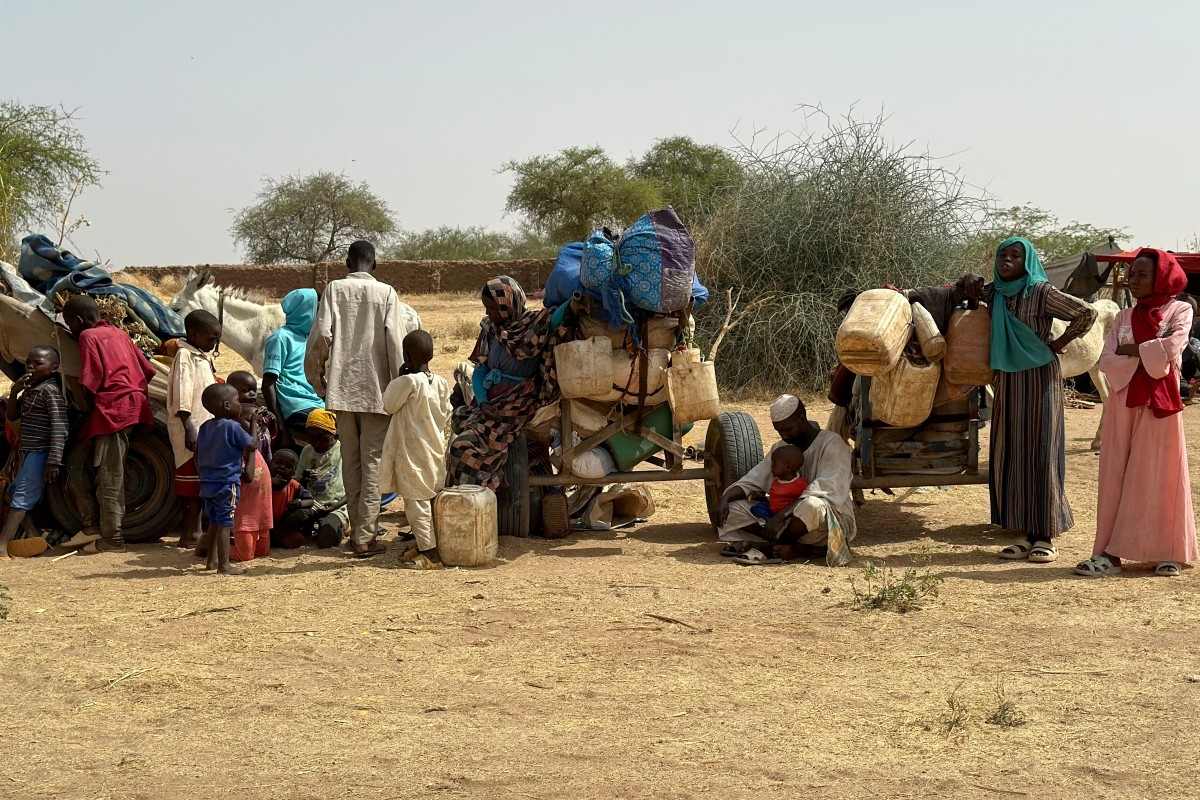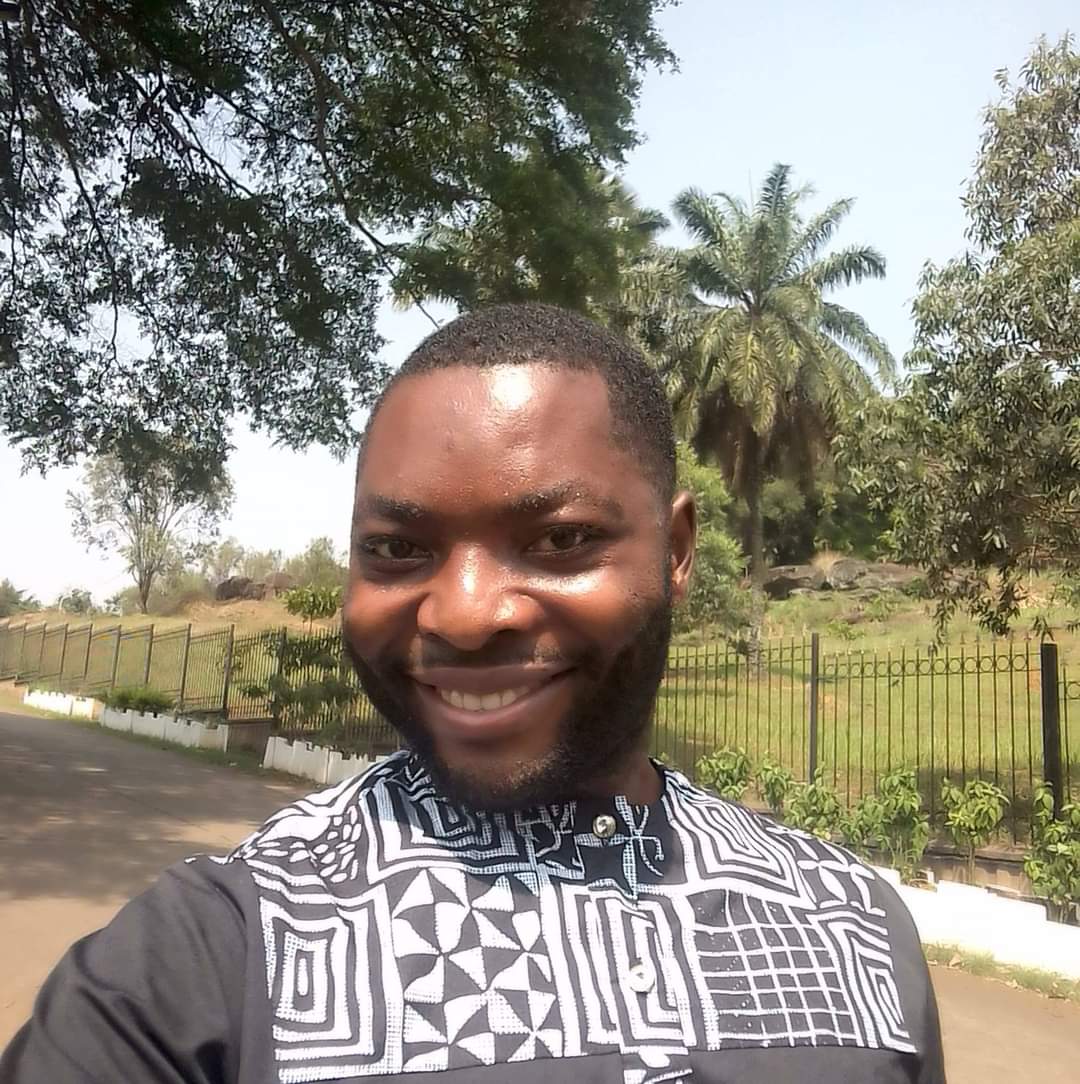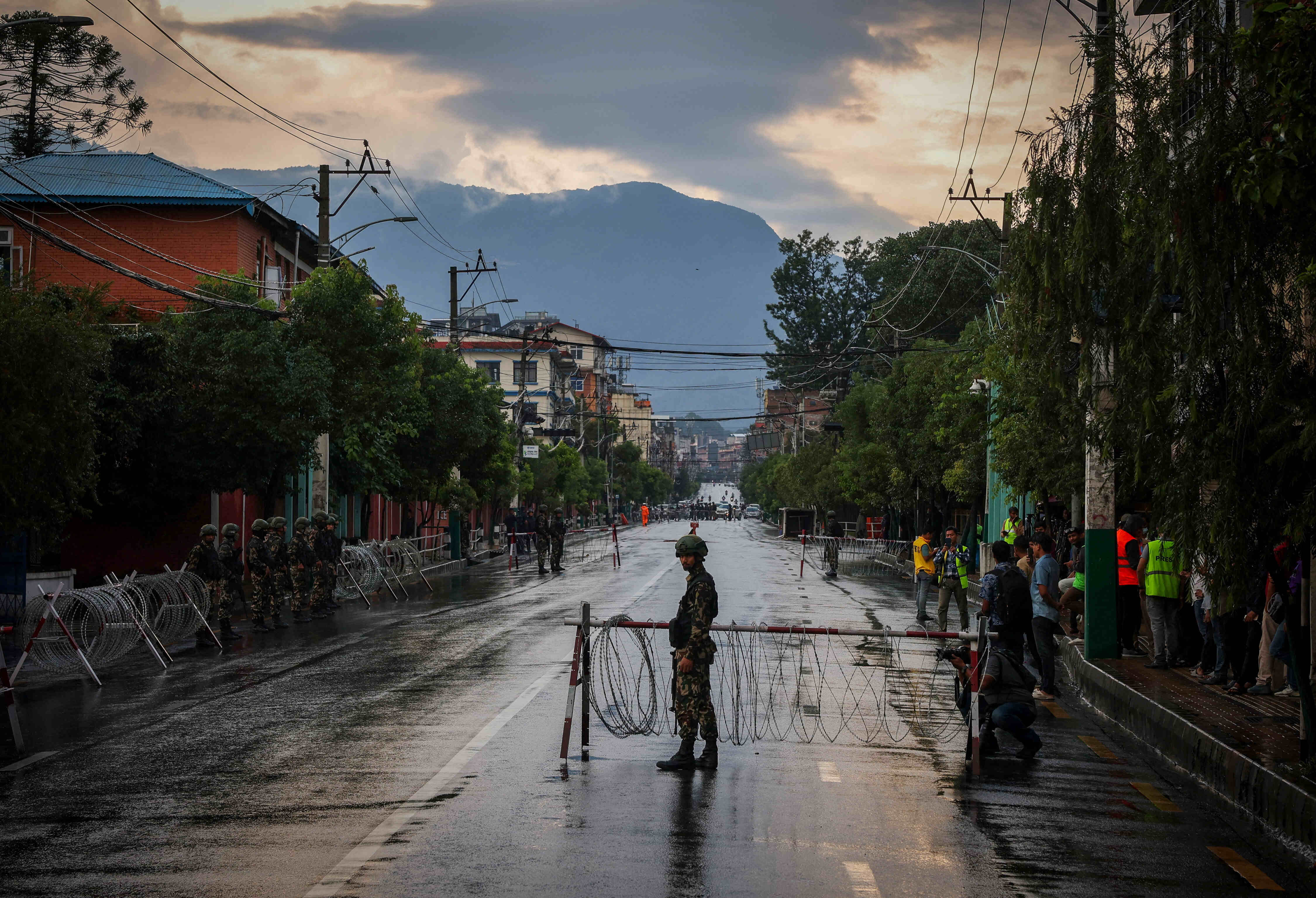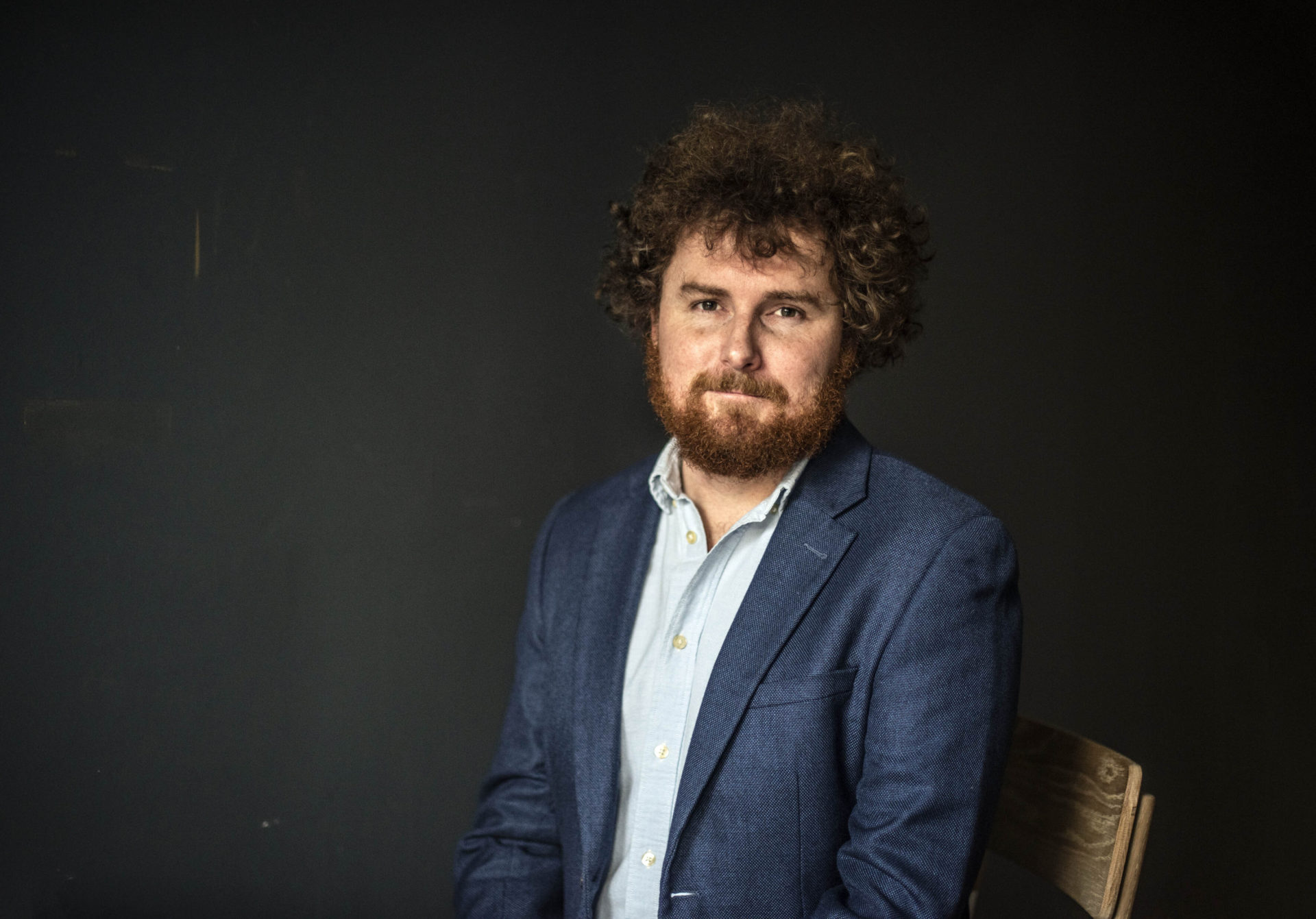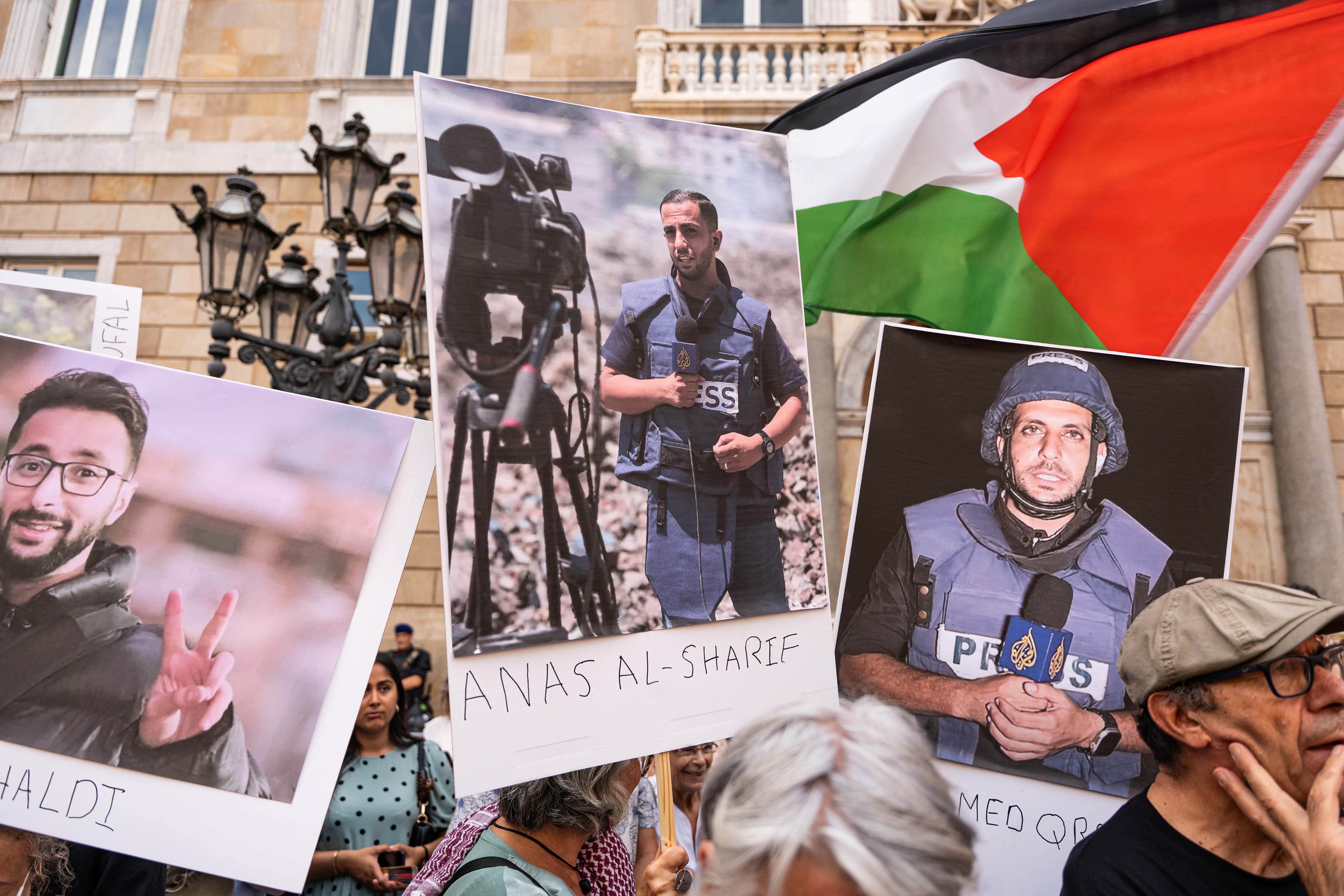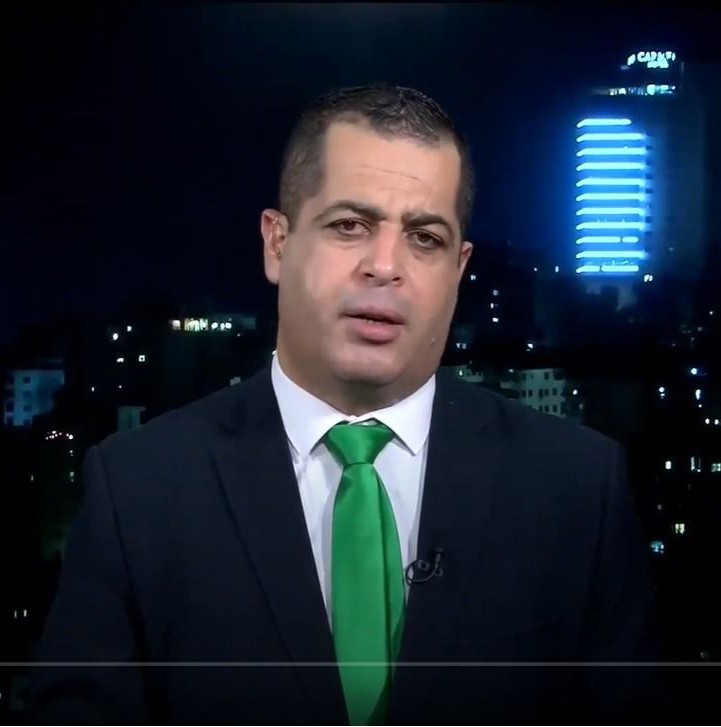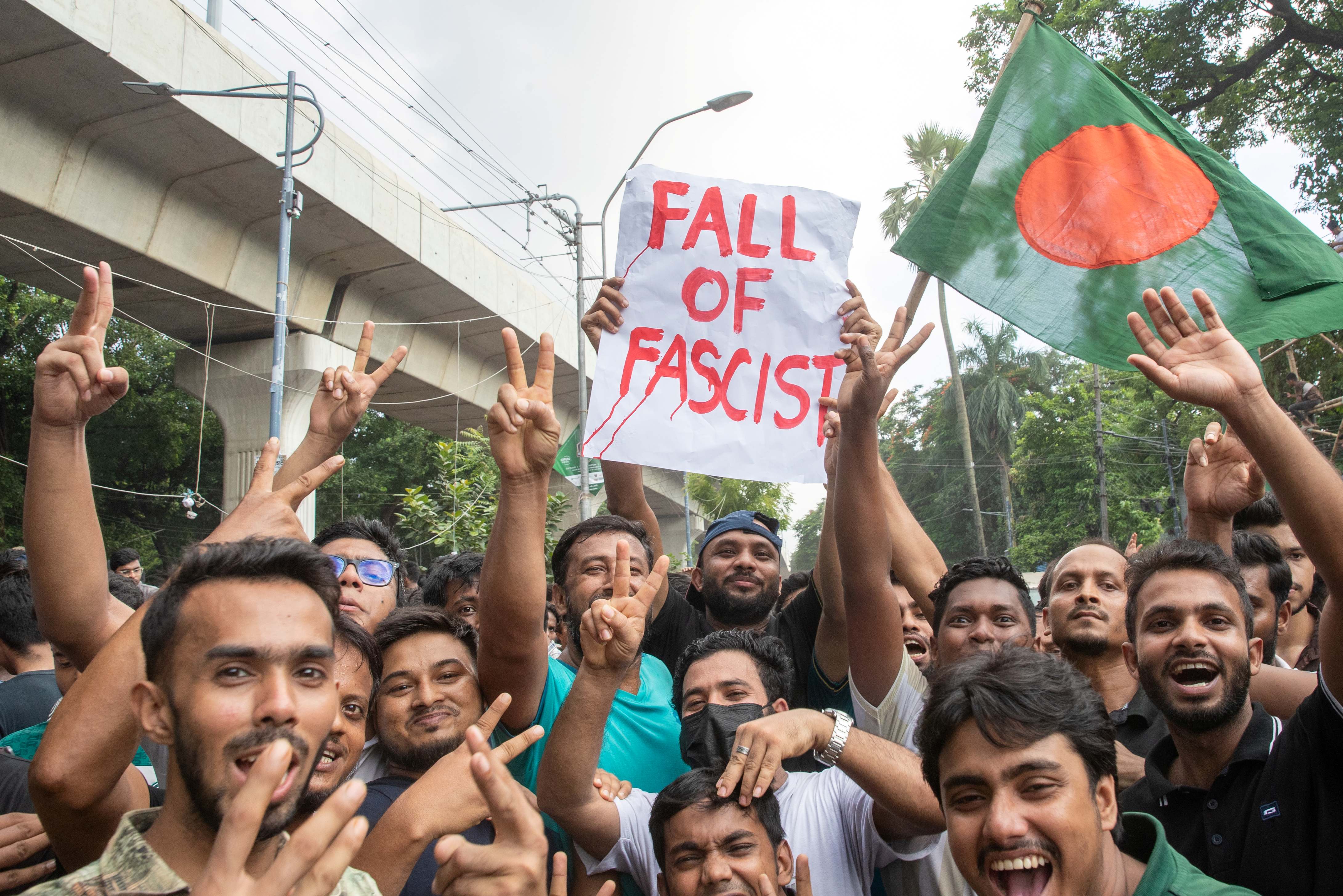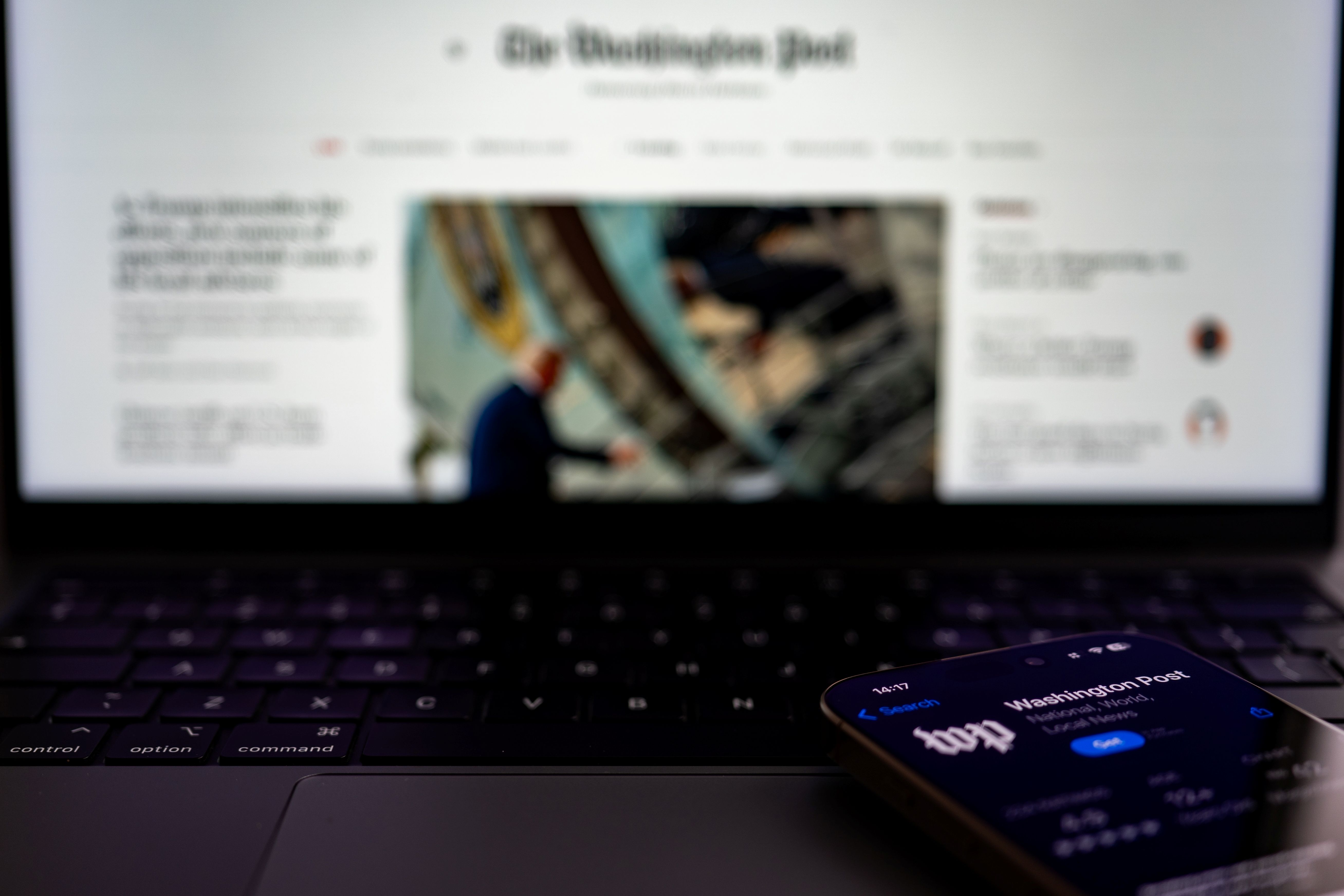مع تجاوز الحرب على غزة شهرها الرابع، أصبح جليا تعمق أثر التغطية الإعلامية المتحيزة لصالح أجندة الاحتلال الإسرائيلي في نشر التضليل والتشويه القائمين على طمس المعاناة الفلسطينية. في مقالات سابقة نشرها معهد الجزيرة للإعلام وغيره من المواقع والمصادر الأخرى، كان مُهمًّا تحليل الممارسة الصحفية العالمية ومعالم التحيزات السائدة التي تمارسها كبرى المؤسسات الصحفية الأوروبية والأميركية في خضم حرب الاحتلال الإسرائيلي المدمرّة على القطاع.
مع ذلك، وبالعودة إلى أحداث حي الشيخ جراح، يمكن القول إن السردية العالمية الإعلامية لم تكن صهيونية خالصة، أو في أدنى تعبير لم تعد محابية للاحتلال الإسرائيلي كما هو الحال في السابق؛ فعلى سبيل المثال استطاعت الأقلام الفلسطينية النفاذ إلى أولويات الإعلام العالمي وأفرزت تعددية إنسانية للمشهد الإعلامي، إضافة إلى مجموعة من الاستنتاجات والتفسيرات لما يحدث في الأراضي المحتلة. ويمكن القول إننا نشهد اليوم فصولا جديدة للطريقة التي آلت إليها الأمور بشأن تغطيات وسائل الإعلام، ولا سيما في ظل الإمعان في القتل والتهجير الذي يمارسه الاحتلال الإسرائيلي. تلكم التغطيات التي تستمر فيها التحيزات غير الأخلاقية للصحافة الغربية جنبا إلى جنب مع صوت خافت أسميه "السرديات البديلة" بشأن ما يجري في أراضي فلسطين المحتلة.
أحد ملامح هذه السرديات البديلة يكمن في انتشار "القص الصحفي" المبني على "اليوميات الفلسطينية والإسرائيلية المناهضة للصهيونية وممارسات الاحتلال بشكل عام" في عدد من وسائل الإعلام العالمية، منها على سبيل المثال لا الحصر: الغارديان، ونيويورك تايمز، ودير شبيغل، والمونيتور، وواشنطن بوست.
تعيد هذه المقالة قراءة تلك السرديات وتنظيمها لمحاولة إدراك التحولات البطيئة التي تتبناها الصحافة العالمية الناطقة بغير العربية إزاء معاناة الإنسان الفلسطيني.
القص اليومي واليوميات
يحاول الجيل الجديد من الصحفيين وصانعي المحتوى ومحللي الأحداث الذين استفادوا من الممارسات المهنية الصحفية القائمة على تقصي المعلومات والحقائق من خلال الفضاءات الرقمية المتعددة - وتحرروا بذلك من سطوة منابع الخبر والرأي الأميركية والأوروبية التقليدية؛ كمحطات الإذاعة والتلفزيون التي تحظى بتمويل صهيوني حاد يتجاوز جهود أيباك (لجنة الشؤون العامة الأميركية الإسرائيلية) وجمعية الصحافة الأميركية اليهودية (1) -يحاولون تقديم سرديات بديلة لما يحدث في فلسطين عبر استغلال القصص اليومية والتجارب الخاصة في التأثير على قراءة العالم لما يحدث في الأراضي المحتلة. إن شيوع القص (اليومي) للعائلات الفلسطينية والشخصيات العادية التي لم تُظهِر اهتماما بالعمل القتالي أو السياسي أو تلك التي وجدت نفسها في قلب ظروف حرب قاهرة وبالغة القسوة وعليها أن تنجو بحياتها، يدفع بمزيد من الاهتمام كما يُنتِج عددا من الإشكاليات التي يمكن التطرق لها لاحقا.
تقدم اليوميات منظورا غير مفلتر للأحداث؛ إذ إنها تجمع التفاصيل الشخصية وردود الأفعال لتصل إلى استنتاج عام للقضية. مع مرور الوقت، تصبح اليوميات في الصحافة سجلا تاريخيا موثقا للأحداث المهمة في التاريخ.
في هذه القصة (2) من الغارديان، تجاوزت التغطية القمع العام الذي أحاط بعمليات الإفراج عن أسرى فلسطينيين عقب صفقة تبادل الأسرى مع حماس للتركيز على يوم واحد من أيام الفلسطيني حماد والد الأسيرة نفوذ حماد؛ "التي توصف بأنها أصغر أسيرة فلسطينية في سجون الاحتلال الإسرائيلي". تُلقي هذه القصة التي يرافق فيها الصحفي والد الأسيرة نفوذ ليلتي السادس والعشرين والسابع والعشرين، وهما الليلتان الأكثر ألما ومعاناة للأسرة التي تنتظر الإفراج عن ابنتها دون جدوى بعد أن تحفظت السلطات الإسرائيلية عليها ثم نقلتها إلى أحد المستشفيات لاحقا، دون فهم ما حدث أو إيضاح السبب المباشر لتراجع إسرائيل عن الإفراج عن الأسيرة.
يمكن ملاحظة أن هذه القصة هي تجسيد متصاعد حتى من حيث استنتاجات الصحفي وتعمقه لما يحدث في الأرض؛ فهي تلمح إلى الطريقة التي تتعامل بها إسرائيل مع العائلات الفلسطينية التي تنتظر الإفراج عن أبنائها، ولكنها أيضاً تثير مسألة التكتم الإعلامي الممنهج الذي يمارسه الاحتلال وواقع المعاملة السيئة التي تتعرض لها الأسيرات الفلسطينيات منذ بدء الحرب الانتقامية على غزة.
ليس القص الصحفي عبر اليوميات إلا محاولة لتنامي المدّ اليساري الصاعد في الصحافة الغربية مرة أخرى، تحمله أقلام شباب لم تعد محطات التلفزيون والراديو التقليدية مصدرهم الأول للمعلومات.
قصة أخرى نقلتها صحيفة دير شبيغل الألمانية (3) للكاتب الفلسطيني عاطف أبو سيف الذي لا علاقة له بأي ممارسة قتالية في غزة، لكن نشأته في مخيم جباليا بقطاع غزة جعلته اليوم في تماس مباشر مع النار وسياسة القتل الجماعي، وتحولت حياته من الكتابة إلى البحث عن قبور يدفن فيها من عرفهم في المخيم.
يشير القص الصحفي من خلال اليوميات إلى ممارسة الصحفي التوثيق للتجارب والملاحظات والأفكار أثناء تغطية القصص والأحداث. وتقدم اليوميات منظورا غير مفلتر للأحداث؛ إذ إنها تجمع التفاصيل الشخصية وردود الأفعال لتصل إلى استنتاج عام للقضية. مع مرور الوقت، تصبح اليوميات في الصحافة سجلا تاريخيا موثقا للأحداث المهمة في التاريخ، لكنها في لحظتها الراهنة تمثل نموذجا مثاليا لقدرة الصحفيين على التأمل في الحدث من خلال الولوج الحر وغير المقنن لشخصياته ودون أي سياق سياسي أو أيديولوجي عام.
قد لا تكون هذه الممارسة خبرية موضوعية، لكنها وثيقة إنسانية ثرية بالتجارب والمشاعر والتطلعات اليومية، ويمكن القول إنها "الحياة كما تُروى" كما تصفها الباحثة آن كاون Anne Kaun؛ ففي دراستها، اتكأت كاون (4) على تقسيمين أساسيين لليوميات بالصحافة: الأول قائم على الوقت والآخر قائم على الحدث، والتقسيم القائم على "الحدث" يعكس الممارسة الواقعية أو المتخيَّلة للأشخاص وفق ما يرونه ماثلا أمامهم في هذا الحدث.
ويمكن الاستناد إلى أطروحة كاون هذه في النظر إلى القصة المنشورة (5) عبر مجلة +972، وهي مجلة تنشر من القدس بأقلام إسرائيلية وفلسطينية مناهضة للصهيونية؛ ففي قصة دانا مايلز مثلا تستحضر الكاتبة الإسرائيلية حدثين أساسيين؛ واقعيّ وتخيليّ. أما الواقعي فيشير إلى وقوف جنود إسرائيليين على أنقاض مبانٍ مدمرة في غزة وهم يحتفلون بعيد الأنوار "الحانوكا"، وتظهر الصورة الجنود وهم يضيئون الشموع على شمعدان "الحانوكا" ويبتسم أحد الجنود معلنا أنه "أول يوم حانوكا في غزة". ويحيل هذا الحدث إلى الحدث الآخر التخيلي؛ إذ تعيد هذه الحادثة الكاتبة إلى حادثة أخرى متخيلة - لم يتسن التأكد من دقتها- لعمها وعمتها وهما يضيئان هذه الشموع عام 1931 لعيد "الحانوكا" مجددا ولكن في إحدى مدن ألمانيا النازية. ويظهر في الخلفية كما تصف الكاتبة الصليب المعكوف الرامز لحقبة النازية.
إن الجزء الواقعي المُشاهد أمام العالم للجنود في غزة هو الصورة الواقعية التي ترمز إلى الحدث المؤثر الذي استدعى الكتابة، بينما تبدو ملامح النازية جزءا متخيلا يعيد إلى استنتاج لاحق تتوصل إليه الكاتبة:
"في أقل من قرن من الزمان، انتقلنا من إضاءة الشموع على خلفية الإبادة الجماعية لليهود إلى عالم حيث ثمة يهود يضيئون الشموع لتأكيد وإضفاء الشرعية والاحتفال بالإبادة الجماعية التي تورطوا هم أنفسهم في ارتكابها".
مكاسب القص الصحفي اليومي وإشكالياته
ليس القص الصحفي عبر اليوميات إلا محاولة لتنامي المدّ اليساري الصاعد في الصحافة الغربية مرة أخرى، تحمله أقلام شباب لم تعد محطات التلفزيون والراديو التقليدية مصدرهم الأول للمعلومات، بل تنامى العالم الافتراضي عبر منصاته إكس (تويتر سابقا) وتيك توك ويوتيوب إلى غرفهم المغلقة ينقل السردية الفلسطينية إلى العالم في مشهد يتجاوز أجندة الصهيونية العالمية عبر وسائل الإعلام.
إن هذا القص الذي يتتبع الأفراد واللحظات الأكثر خصوصية في حياتهم والمعاناة التي تجثو على الجسد الفلسطيني وحياته ومستقبله يتعاظم ليصبح السردية الأكثر ملاءمة للصحافة الغربية عندما يتعلق الأمر بمعالجة الشأن الفلسطيني وصعود سوء الأحداث إلى الذروة.
يحاول الجيل الجديد من الصحفيين وصانعي المحتوى ومحللي الأحداث الذين استفادوا من الممارسات المهنية الصحفية القائمة على تقصي المعلومات والحقائق من خلال الفضاءات الرقمية المتعددة وتحرروا بذلك من سطوة منابع الخبر والرأي الأميركية والأوروبية التقليدية.
في المقابل، يفرز هذا الأمر جملة من الإشكاليات المهمة؛ أولاها أن هذا القص اليومي المبني على اليوميات بوصفه فنًّا أساسيا لا يزال قليلا ومحدود الأفق في الصحافة ولا يستطيع أن يعبر للعالم بوصفه حمولة ملائمة تنقل الهمّ والألم الفلسطينيين المتراكمين عبر الحقب الزمنية. من جهة أخرى، يمكن النظر لعبارات من قبيل "حرب السابع من أكتوبر" التي تحيط بهذه القصص على أنها تأطير صرف لهذا القص؛ فالمعاناة الفلسطينية ليست وليدة هذا التاريخ، بل أتى هذا الحدث محاولةً فلسطينية جريئة لتغيير مشهد معقد يفقد معه الإنسان هناك أبسط حقوقه الإنسانية.
أخيرا، ينبغي الاعتراف بأن محاولة تفسير هذا الشكل القصصي القائم على الأفراد ليعبر عن تيار متكامل مناهض للاحتلال والصهيونية سيبدو غير علمي وغير منهجي البتة؛ فالمأساة باتت أعظم من أن تحكيها قصة وقصتان لتمتد لما هو أكثر من محاولات سردية تقترب من الأشخاص وحياتهم. ينبغي أن تؤدي الصحافة العالمية دورها الإنساني في محاكمة الاحتلال وجرائمه عبر مجموعة متعددة من الممارسات الصحفية بالغة العمق والتأثير تتجاوز القص اليومي العابر.


